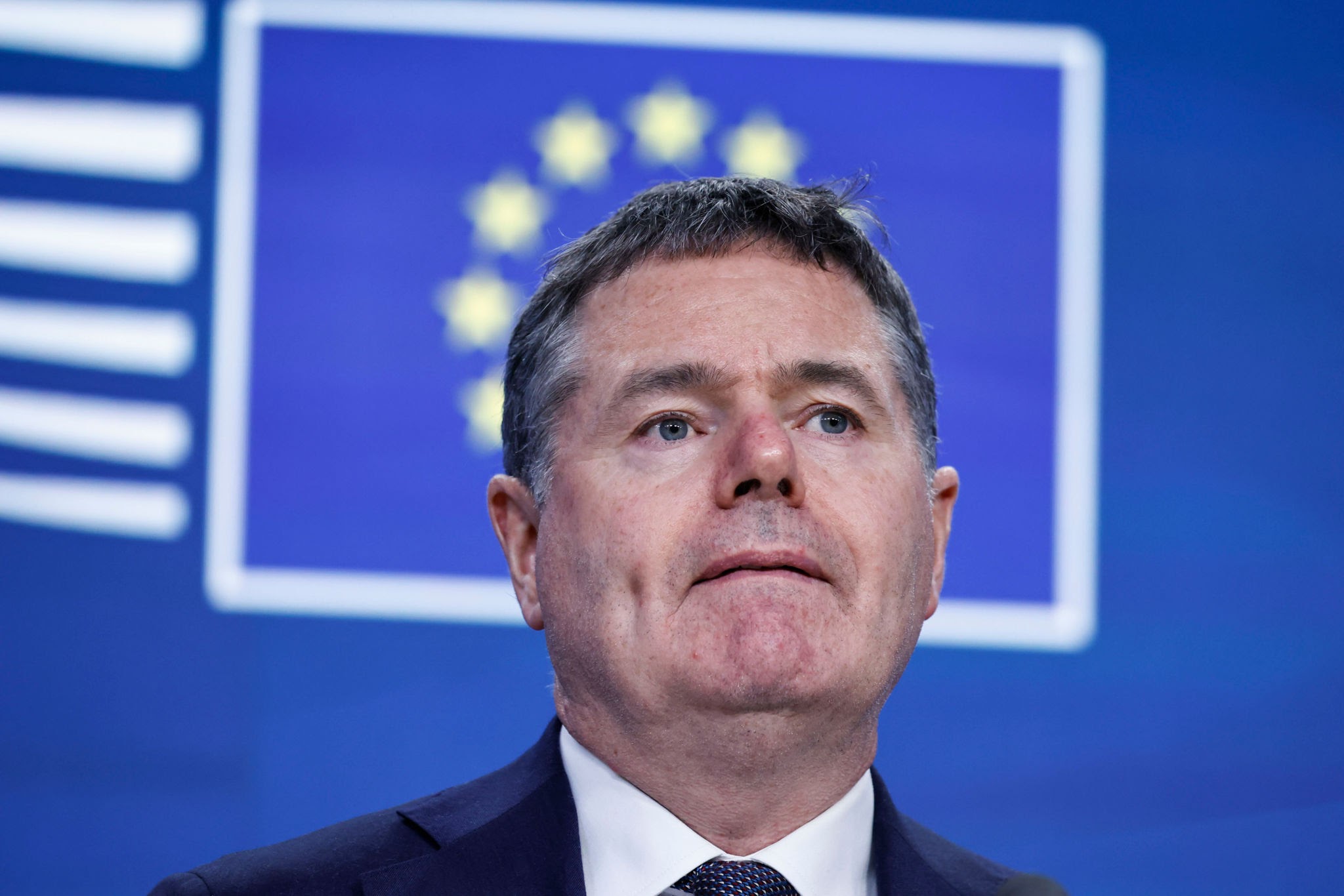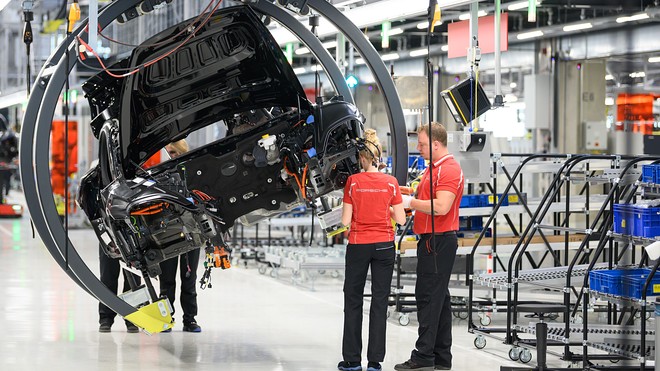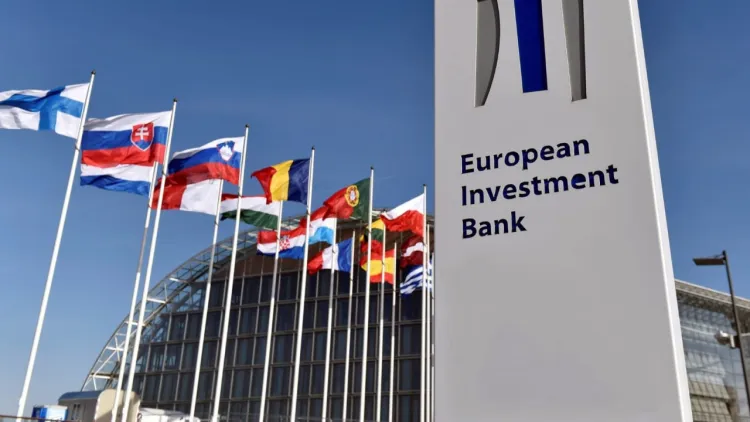
Ireland
Ireland’s Growth Surges on Tech and Pharma
Ireland to post ~11% GDP growth in 2025 as tech and pharma surge; fiscal surpluses, low yields, and FDI inflows sustain investor confidence. (IE10Y, NDX)
Comprehensive coverage of Europe’s finance, economy, and policy landscape — from market moves to fiscal shifts. Empowering Researchers with real-time insights, verified data, and continental intelligence.

Ireland
Ireland to post ~11% GDP growth in 2025 as tech and pharma surge; fiscal surpluses, low yields, and FDI inflows sustain investor confidence. (IE10Y, NDX)

Norway
Norway monitors US–Canada trade rift fallout; oil and krone soften, but sovereign reserves and fiscal discipline keep macro stability intact. (CL=F, NOKUSD)

Europe
Eurozone PMI at 52.2 signals the strongest upturn since 2024; easing inflation and steady ECB policy underpin cautious recovery momentum. (EURUSD, SXXP)

The Netherlands
Dutch housing prices stay elevated despite rising construction; ABN Amro sees no relief before 2026 as supply lags demand and permits slow. (^AEX, DE10Y)

Egypt
EIB invests $38m in Egypt’s Tanmiya Fund II, signaling private equity’s return as inflation eases to 11–12% and reserves near $49bn; EGP=X stability, EMB spreads near 400bps, and ^TNX trends will test depth of Egypt’s reform-driven capital shift.

Policy & Economy
Sarkozy’s guilty verdict is historic, but OATs remain stable. France accounts for 15% of euro area GDP, with €2.9T public debt and euro reserves near 20% globally—proof markets care more about fundamentals than old scandals.

Policy & Economy
EU’s 19th Russia sanctions: full LNG ban from 1 Jan 2027; ~118 shadow-fleet ships targeted; stricter finance/crypto curbs. 2025 CPI impact minimal; 2026–27 gas tails up—TTF vols ↑; Brent flat unless barrels removed. Playbook: hedge TTF, tilt to compliant tankers & portfolio LNG majors.

Markets
China’s banks deployed over US$3.2 trillion in tech loans by mid-2025, while Africa’s startups raised under US$3 billion in 2023. This vast credit gap shows one system risking misallocation through excess and another held back by scarcity, with major implications for global investors.